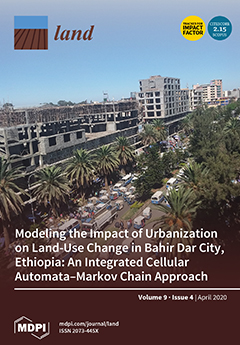Historical-Genetic Features in Rural Settlement System: A Case Study from Mogilev District (Mogilev Oblast, Belarus)
Settlement system development is currently one of the basic objectives in land use planning, which is significant for Belarus, as it is the most urbanized country in the European region. Historical-genetic analysis is the most effective approach for studying the transformational changes in settlement systems. The research was aimed at analyzing the transformation peculiarities in the rural settlement system of Belarus.






